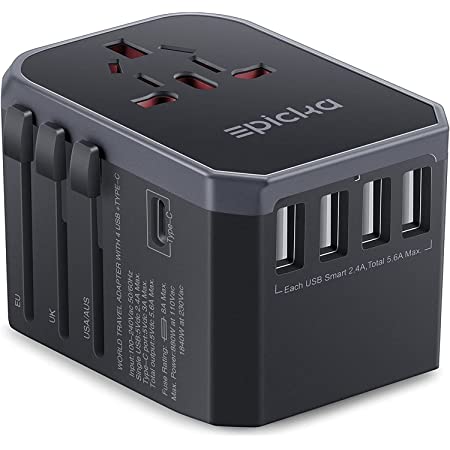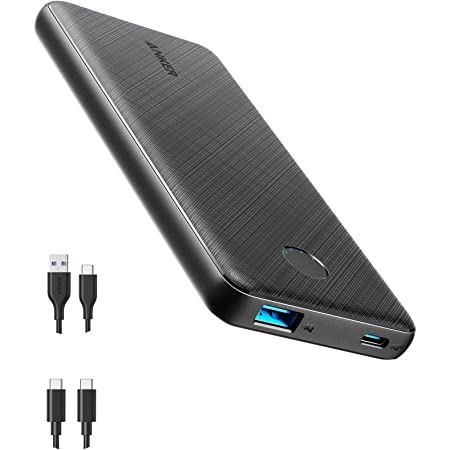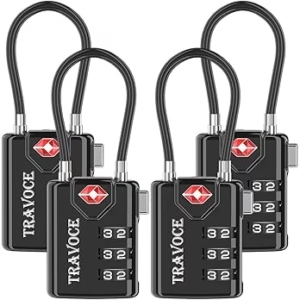Plug For Dominican Republic: What You Need To Know

What is the plug for Dominican Republic? Before you travel, check the information below to make sure your electronic devices are compatible with the outlet type and voltage.
Electrical Summary
The Dominican Republic uses outlet types A, B at a voltage of 110V and a frequency of 60 Hz.
Plug Compatibility: Type A, Type B
Voltage: 110V
Frequency: 60 Hz
Type A

Type B

Can North Americans use Electronics in Dominican Republic without an Adapter?
Yes! Americans and Canadians do not need a travel adapter or transformer when traveling to Dominican Republic. Most device plugs will work with the outlet types in Dominican Republic. Also, the voltage in Dominican Republic is the same as in the United States and Canada.
Please note: an adapter will be needed if your device plug has a grounding pin and you are trying to use a Type A outlet. For this reason, we always recommend traveling with a universal travel adapter.
Can Europeans use Electronics in Dominican Republic without an adapter?
No! Europeans will need an adapter for the outlets and a transformer for the voltage when traveling to Dominican Republic. European device plugs will not work with the outlet types in Dominican Republic. Also, the voltage in Dominican Republic is different from European voltages.
What Outlet does Dominican Republic Use?
Type A

Type A electrical plug sockets are used in North and Central America, including the United States, Canada, and Mexico. They have two flat pins and no grounding pin. These outlets are typically used with devices that have a voltage of 110-120V. This outlet is rated for 15 amps. Plug Type A is compatible with this socket. All other plug types (including Type B) will need an adapter.
Type B

Type B electrical plug sockets are used in North and Central America, including the United States, Canada, and Mexico. They have two round pins and a grounding pin. These outlets are typically used with devices that have a voltage of 110-120V. This outlet is rated for 15 amps. Plug Type A and Type B are compatible with this socket. All other plug types will need an adapter.
Recommended Products:
Should I use a VPN when traveling?
YES! Using a VPN when traveling is highly recommended to protect your online privacy and security. Public Wi-Fi networks in hotels, airports, and cafés are often unsecured, making you vulnerable to hackers and data theft. A VPN encrypts your internet connection, safeguarding sensitive information like passwords and banking details. It also allows you to bypass geo-restrictions, granting access to streaming services and websites that may be blocked in certain countries. Additionally, a VPN helps prevent government surveillance and ISP tracking. For a seamless and secure browsing experience while traveling, choose a reliable VPN with fast speeds and strong encryption.
Dominican Republic Travel Essentials:
Is it safe to drink water in Dominican Republic?
To be on the safe side, you can use common precautions such as boiling tap water for at least one minute, using water purification tablets, or drinking bottled water. It’s also important to note that ice may be made from tap water and that foods may be washed or prepared with tap water.
We recommend always packing a filtered water bottle when traveling!
Travel Essentials
Be sure to check our list of travel essentials before your trip!
Should I get travel insurance when traveling to Dominican Republic?
It is generally recommended to get travel insurance when traveling to a different country. Travel insurance can provide financial protection and peace of mind in case of unexpected events, such as medical emergencies, trip cancellations, lost or stolen baggage, or other travel-related mishaps.
Travel insurance can cover various expenses related to your trip, such as medical expenses, emergency medical transportation, trip cancellation or interruption, lost or stolen baggage or personal belongings, and other travel-related expenses.
Before purchasing travel insurance, it’s important to carefully review the policy details, including the coverage limits, exclusions, and any applicable deductibles or copays. You should also make sure that the policy covers any activities or destinations that you plan to participate in or visit during your trip. Click here to price for Travel Insurance for Dominican Republic
Travel Summary
Where is the Dominican Republic?
The Dominican Republic is a country located on the eastern two-thirds of the island of Hispaniola in the Caribbean region. It shares the island with Haiti to the west.
What time is it in the Dominican Republic?
The Dominican Republic is located in the Atlantic Standard Time (AST) zone, which is 4 hours behind Coordinated Universal Time (UTC-4).
What is the capital of the Dominican Republic?
The capital city of the Dominican Republic is Santo Domingo.
What language is spoken in the Dominican Republic?
The official language of the Dominican Republic is Spanish, but many people also speak English, especially in tourist areas.
When is hurricane season in the Dominican Republic?
Hurricane season in the Dominican Republic typically runs from June to November, with the highest risk of storms occurring between August and October.
What to do in the Dominican Republic?
The Dominican Republic is a Caribbean nation located on the island of Hispaniola, which it shares with Haiti. It’s known for its stunning beaches, crystal-clear waters, and vibrant culture.
The country’s capital, Santo Domingo, is the oldest city in the New World and is known for its colonial architecture and historical sites, such as the Alcazar de Colón and the Cathedral of Santa Maria la Menor. Visitors can also explore the city’s lively street markets, museums, and restaurants.
The Dominican Republic is also home to some of the most beautiful beaches in the Caribbean, such as Punta Cana, Bavaro, and Playa Grande. Visitors can relax on the white sand beaches, swim in the turquoise waters, or engage in water sports such as snorkeling, scuba diving, and windsurfing.
The country is also famous for its music, dance, and food. Visitors can experience the lively rhythms of merengue and bachata, dance the night away in local nightclubs, and try traditional Dominican dishes such as sancocho, mangú, and tostones.
For those interested in nature, the Dominican Republic offers several national parks and reserves, such as the Parque Nacional del Este and the Parque Nacional Los Haitises, which offer visitors a chance to explore the country’s natural beauty and wildlife.
Overall, the Dominican Republic is a destination that offers a mix of culture, history, natural beauty, and relaxation. It’s a perfect destination for anyone looking for a tropical getaway and a chance to experience the rich culture and warmth of the Dominican people.
Traveling to another country? Check out our Countries page for more info on countries like Haiti, Puerto Rico, Dominica, Cuba, Costa Rica, Jamaica, Panama, Bahamas





